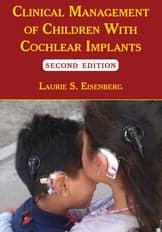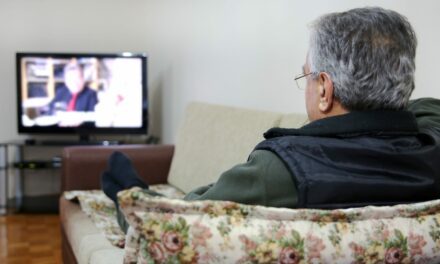Washington, DC — If all of the news regarding new x-ray full body scanners and optional pat downs is confusing to those who can hear, the information can be even more confusing to those with hearing aids.
As a result, the Transportation Security Administration (TSA) has issued the following guidelines for travelers who suffer from hearing loss or have hearing aids. However, even the TSA’s information can be somewhat misleading.
For example, the TSA statement advises: “According to Otolaryngologist and Otolaryngology surgeons, hearing devices such as hearing aids, cochlear implants, external component of cochlear implants, and middle ear implants are not affected by X-ray inspection or walk-through metal detector screening. In addition, these devices may also safely be screened using Advanced Imaging Technology (AIT).”
However, Bonnie Adams, co-leader, Hearing Loss Association. of Santa Barbara, points out in a letter to HR, “According to my Advanced Bionics User Guides for my Cochlear implant processors, both the BTE Harmony and the PSP body worn processors, the processor microphones can be damaged by airport X-ray machines.” Adams quotes the manual: “X-ray machines will not damage the implant but may damage the internal processor microphone or the T-Mic. Avoid placing these items in cargo luggage or carry-on luggage that are screened with x-rays. During airport security screening, the processor/T-Mic should either be worn through the metal detector or be examined by hand.”
Adams continues, “Unfortunately this misinformation in the TSA policy could lead to
some very stressful security encounters.”
However, it should be noted that the TSA does state in its recommendations: “If you are concerned or uncomfortable with going through the walk-thorough metal detector, or are uneasy with having your external component of your cochlear implant X-rayed, you can ask for a full body pat-down of your person and a visual and physical inspection of the exterior component while it remains on your body.”
Consequently, if you have patients that are traveling this holiday season, you may want to advise them to to check with you or their hearing aid manufacturer about X-ray screening of their hearing aid devices.
In addition to the above information and precautions, the TSA has these suggestions for better communication at the airport:
- If you need to communicate with the Security Officer, inform her/him of your disability and the way in which you can communicate. TSA Security Officers are trained to provide whatever assistance they can to persons with hearing disabilities.
- If the screening process is unclear to you, motion to the Security Officer that you can’t hear and ask him/her to ask the Security Officer to write the information down.
- If you can read lips or are hard of hearing, ask the Security Officer to look directly at you and repeat the information slowly.
- It is not necessary to remove hearing aids or the exterior component of a cochlear implant at security checkpoints.
- It is best if you wear your hearing device while going through the metal detector.
- Assistive listening devices must undergo x-ray screening.
- If you use a hearing dog, you and the dog will remain together at all times while going through the security checkpoint. See the “Service Animal” section for more tips on service animals in the screening process.
Read the full recommendations here.





